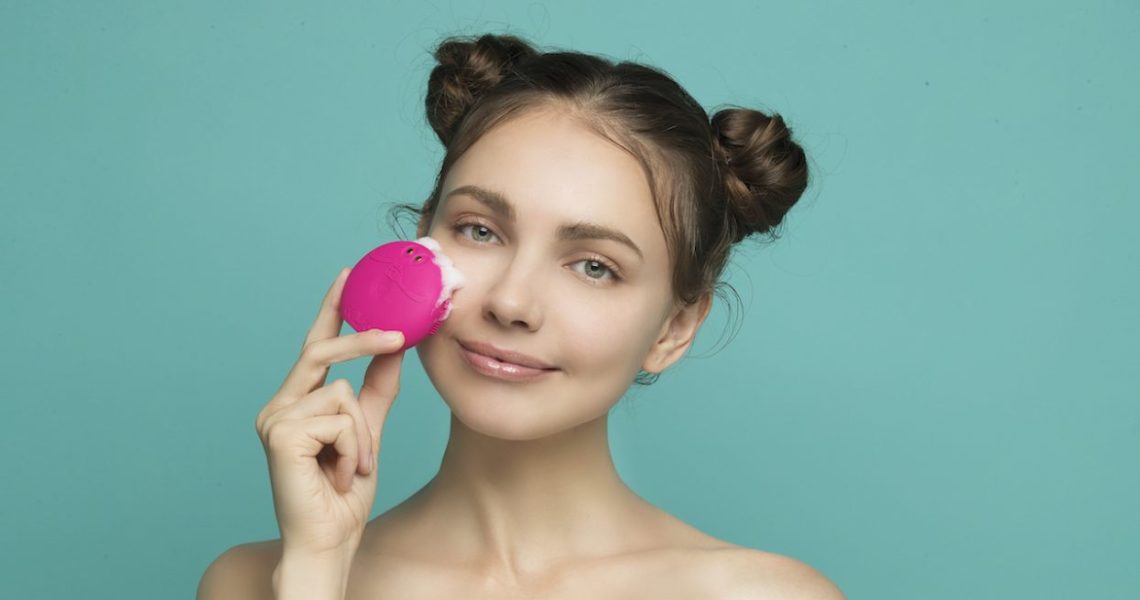Australian-based OBJ Limited, which licenses technology to skin-care brands like SK-II and Olay, may not yet have brand name recognition within the beauty industry, but it’s aiming to change that with its new hire and business.
Paul Peros, the former CEO of Swedish facial device brand Foreo, has been tasked with leading OBJ Limited’s new consumer beauty division. He’ll be working directly with OBJ director Steven Schapera, co-founder and former CEO of Becca Cosmetics. Peros, who worked with Foreo from its inception in 2013 to 2018, helped expand that business to 30 countries as well as travel retail, with revenue totaling more than $1 billion since launch. The company’s new division will focus on a variety of categories, spanning hair care to color cosmetics, and will form its own private-label brands alongside its continued licensing business. The first offering is expected to launch in mid-2020.
Glossy spoke with Peros about how beauty devices need to change and why beauty brands need to get closer to customers.
What are your ambitions with OBJ Limited?
Part of my mission is to create a brand. OBJ will continue to innovate with licensing deals, but we thought there would be more value by working with consumers, and that has to be done with a brand. Beauty needs to be like today’s tech. That is the challenge I’ve been working on over the last five years, and OBJ has created a number of interesting [tech] options over the past 15 years. OBJ has a perfect storm of [data] and core technologies that can be used in various applications.
What categories of beauty tech are you looking at?
With so much technology at hand, the difficulty is finding the right sequence [of development]. I’m spending a lot of my time on hair care, makeup and skin care, but the real [focus] is to optimize devices for consumers. I’m talking not only the innovation but also brand communication and execution. The magic is in putting this together properly for when we go to market and build a portfolio. Right now, I’m putting together the various teams and a product development schedule around the world. I’m building teams for product design and application, execution, marketing and sales.
What will the future of beauty devices look like?
The best example to me is in the 1980s when we had 16- and 32-bit computers from ZX Spectrum and Commodore. But then the Windows platform came, and the overall evolution of the industry took us to places that have nothing to do with what they used to be. So, how does beauty go in the proper direction? Is it personalization or the internet of things? I think that has to be balanced with consumer utility in mind. The challenge is evolving the technology together with the consumer and within acceptable applications. One gap that’s worth addressing within traditional beauty is how we use topical products. Today, if you use shampoo, you’re using a quarter at best. Half stays on your hands, and [a quarter] will remain on the surface of the hair and won’t be absorbed into hair or skin. In my opinion, we need to look at the application of products, not just in terms of efficiency or environmental impacts, but also in terms of active ingredient function and ability to [work].
How do you expect to bring the consumer closer to these innovations?
If we’re talking about true innovations and not variations of existing applications, you end up having something that no one has ever sold or bought or used on a daily basis. Therefore, the innovation is also through the development of communications. For that, you need to be in full [communication] with communication, which is not typical in the larger beauty industry. The company has to be ready to learn together with retailers and consumers. Otherwise, how do we best explain the products? How do we make sure product adoption is not hindered by possible communication flaws? It’s not just about selling the products. My biggest fear is to become a last-drawer product — that is, a product someone never uses or uses once a year.
How else are you thinking about consumer feedback in R&D?
When Foreo did the oral care launches [in 2014], we launched them through crowdfunding websites like Kickstarter and Indiegogo. It wasn’t to raise funds but to access people. It gives you 30 to 60 days to listen and learn how to get your story right, how to get better conversions through different merchandising options and how different messaging structures impact your conversion. If you release something no one has ever sold before and [you haven’t talked to potential customers], the chances that you have the best possible version of your product are zero.




